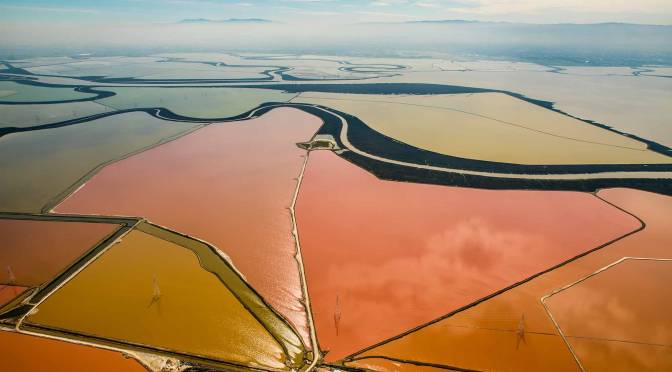Sergio Leone learns to speak Korean in The Good, the Bad, the Weird, an exuberant tale of greed, vengeance and, well, weirdness. Writer-director Kim Jee-Woon’s kimchee western doesn’t transcend its models, but the movie has so much fun that its debts are easily forgiven.
As its title admits, the film was inspired by Leone’s 1966 The Good, the Bad and the Ugly, a fable of the American West shot in Spain by an Italian. Kim’s jaunty homage sets the action in 1930s Manchuria, home to three Korean tough guys who have fled their Japanese-occupied homeland. Of course, the Japanese are now also in Manchuria, looking for a map that supposedly leads to buried Qing Dynasty treasure.
Our anti-heroes are the Good, a crack-shot bounty hunter played by Jung Woo-sung, a romance-movie veteran with matinee-idol looks; the Bad, a ruthless gang leader portrayed by Lee Byung-hyun, who has the androgynous face and asymmetrical haircut of a glam-pop star; and the Weird, a goofy but lethal bandit embodied by moon-faced Song Kang-ho, who’s known for “loser” parts. (U.S. audiences may recognize him as The Host‘s slacker food-van operator.)
Collaborating with the Japanese, a Korean plutocrat hires the Bad to steal the treasure map for the invading Imperial Army. But the Weird blunders into the Bad’s path, inadvertently grabbing the piece of weathered paper during a spectacularly staged train robbery that also involves the Good.
“Life is about chasing and being chased,” the bounty hunter explains, and those roles repeatedly change, depending on which character is the latest to snatch the map. The high-stakes game of tag capers through a “ghost market,” an opium den and one of those Chinese inns with a two-story atrium that seems designed expressly for fight scenes. The characters also spend plenty of time in the desert, which provides unbounded territory for adventure. The final set piece is an extravagant pursuit sequence that just goes and goes — and never runs out of gas.


